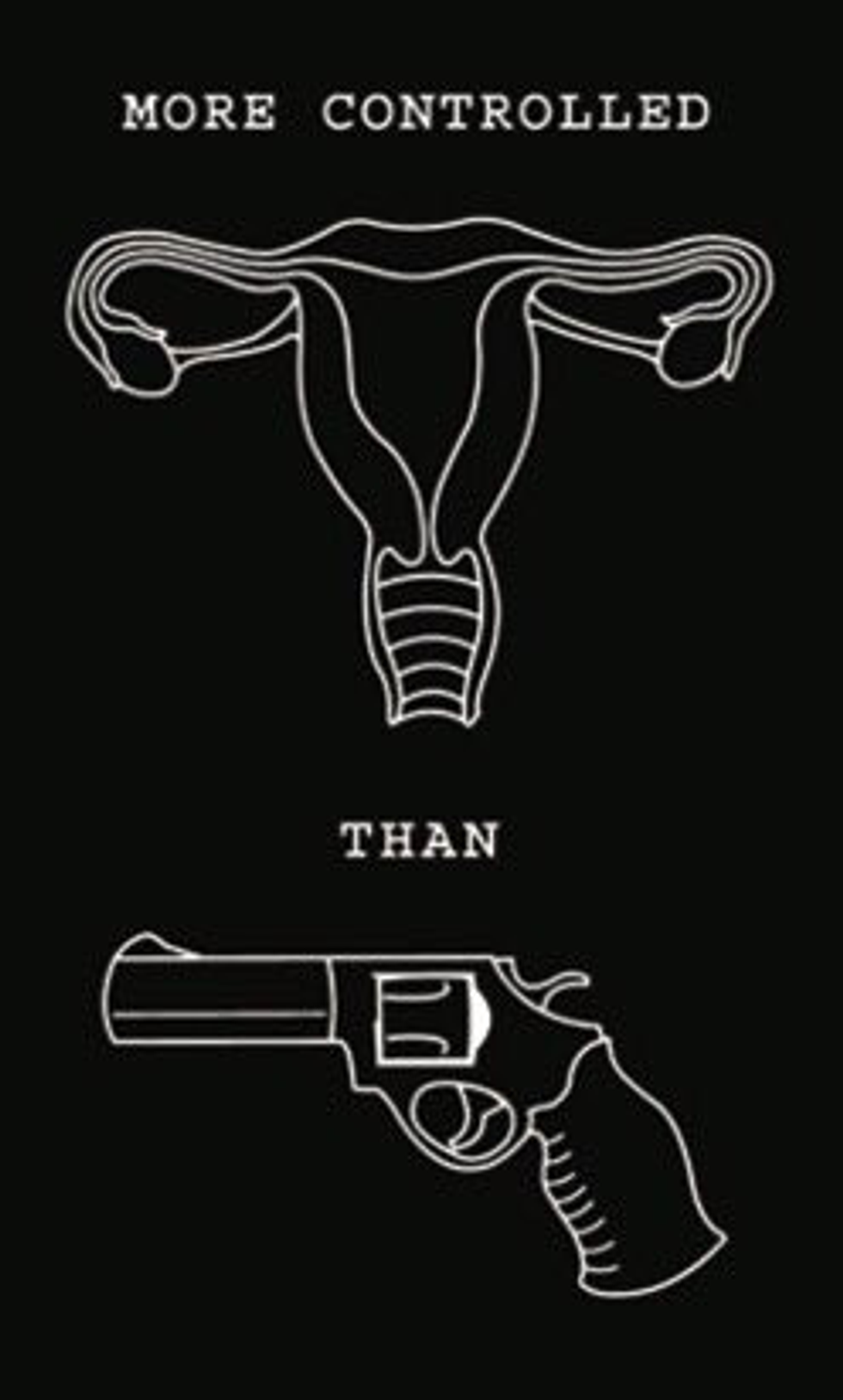Periods have been the bane of just about every woman's existence, causing embarrassment, pain, and an enormous mess for roughly one week every month. These, similar to other aspects of women's health, have been considered taboo from society for no reason other than the fact that people who don't experience these find them disgusting. However, within the last year or so, the period has gone public as women speak out against the tampon tax.
The movement to repeal the tampon tax has been gaining momentum as citizens,both male and female, remove this financial burden.
As stated by Cristina Garcia, a California assemblywoman who planned on introducing legislation removing the states' tax on tampons, "we are taxed for being women. This is a step in the right direction to fix this gender injustice. Women have no choice but to buy these products, so the economic effect is only felt by women. You can't just ignore your period, it's not like you can just ignore the constant flow."
This, along with the pink tax, or the extra amount of money women have to pay for essentially the same products that men pay for, have been economically setting women back. It has been recently revealed that products marketed towards women cost an average of 13% more than that very same product being marketed for men. Coinciding with the fact that we only make 78 cents to every dollar a man makes, our pocketbooks are screaming for relief.
A recent article published by the Huffington Post mapped out the total cost of a women's period, covering just about everything we need to get through both PMS and the period itself. According to this article, "though the numbers may slightly vary for you due to local price changes, or your superhuman ability to avoid unwanted stains, having a period is a hefty cost that half the population will never have to pay- and this doesn't even include the cost of the regular doctor's exam to keep your birth control prescription up to date, and your reproductive health in check."
But this diagram doesn't even include sales tax. Because women spend about 40 years of their lives purchasing various menstrual products, they spend roughly $800 on sales tax just for period products.
Although the unnecessary amount of money women are forced to pour into their menstrual cycles is one of the driving factors of the anti-tampon tax movement, it isn't the only cause. In an interview with the Washington Post, California assemblywoman Ling Ling Chang said that "the government is taxing women for something totally out of their control. Feminine hygiene is not a choice and should not be taxed."
This movement has progressed greatly since George Osborn first published a petition on Change.org, urging legislators to repeal the taxes placed on women's sanitary products. A total of 10 states, including the 5 that don't require their citizens to pay sales tax at all, do not include a tax on feminine hygiene products.
The latest anti-tampon tax legislation has been introduced as of March by Michigan Congresswoman Sarah Roberts. The two bills she introduced to the Michigan House of Representatives would eliminate the state's 6% sales tax on feminine hygiene products, and the other would provide free products to women in public schools and government buildings.
According to the Congresswoman, "this is a medically necessary item that women have to have, and it can be expensive. I think eliminating it from the sales tax has a really minimal impact on the overall sales tax collection in the state of Michigan, and it makes it more affordable for women and young girls."
Periods are nothing but a nuisance to woman and making them as expensive as they are just adds on to the constant struggle they cause. Removing the tampon tax would eliminate a major financial strain on women and get rid of one of the primary ways the government regulates the female body.






















